Several of you have inquired as to what I am doing in whole group phonics these days, “these days” most likely meaning since finishing the 26 letters and their primary sounds. It’s a great question and I realize that it’s been a while since I made a video of phonics time.
I spend two days on each letter of the alphabet, wrapping it up about 60 days into the school year. On the back of each alphabet card are words in which the sound appears. I use these words to work on first sound fluency, blending, and segmenting each day during phonics time. You’ll see this routine at the end of the video. My students are pretty good at these three skills by this point so I only spend a few minutes on it.
Next, I teach the two different sounds of th (unvoiced and voiced), sh, ch, and wh. I also introduce double o, which has two sounds, the sound in spoon and the sound in book. All of this happens before Winter Break. There is usually a week or two more in December, but I do not introduce any new sounds; we just review and work on high frequency words during phonics time.
When we get back in January, it’s time to fill in the holes in my classroom alphabet. You’ll see them in the video.
I am teaching soft c and soft g this week. I’ll hang letter cards next to hard c and hard g. Then I’ll start in on the long vowels and will fill in the spots for long a, long e, long i, long o, and long u. It is important to note that I intentionally do not introduce or talk about long vowels until after my mid-year DIBELS testing. The more aware kindergartners are of long vowels, the more inclined they are to use them while reading CVC nonsense words (since they require less thinking). And I do not want them doing that on their mid-year testing, so I wait until January to introduce the long vowels and talk about them.
I also teach the following graphemes and sounds to my kindergartners once we have learned all the long vowels.
Many kindergartners learn to read well enough that they should, at the least, get introduced to these advanced phonics, as I call them. If possible, they should have the opportunity to practice reading and spelling words that contain them. This won’t be appropriate for all my students, but the majority of them will learn these advanced phonics.
Every day of whole group phonics looks about the same:
1) review the letters/sounds that have been taught to date
2) introduce—or mention again, if it’s the second day—a new grapheme and sound
3) conduct phonemic awareness activities—beginning sound, blending, and segmenting—using the new sound.
I will finish introducing all these phonics sometime in the early spring and then our whole group phonics routine will change. We typically spend the time applying the phonics we’ve learned as we practice spelling words. We count the sounds we hear and then talk about how we are going to spell each sound. This, of course, builds the students’ orthographic mapping.
As you can tell, these students will get a strong and diverse foundation in the alphabetic principle!
In the video, you’ll see our whole group phonics routine from the first day back after Winter Break.
On a personal note…
I am sick this week. Not sick enough to stay home from teaching, but definitely not 100%. At the end of the video, my throat is scratchy, I’m about to have a huge coughing fit, and my eyes are tearing up; hence, the abrupt ending. Also during the video, a teacher slipped on our icy playground right outside our windows so there is a weird pause in the action as we check to make sure she is okay.





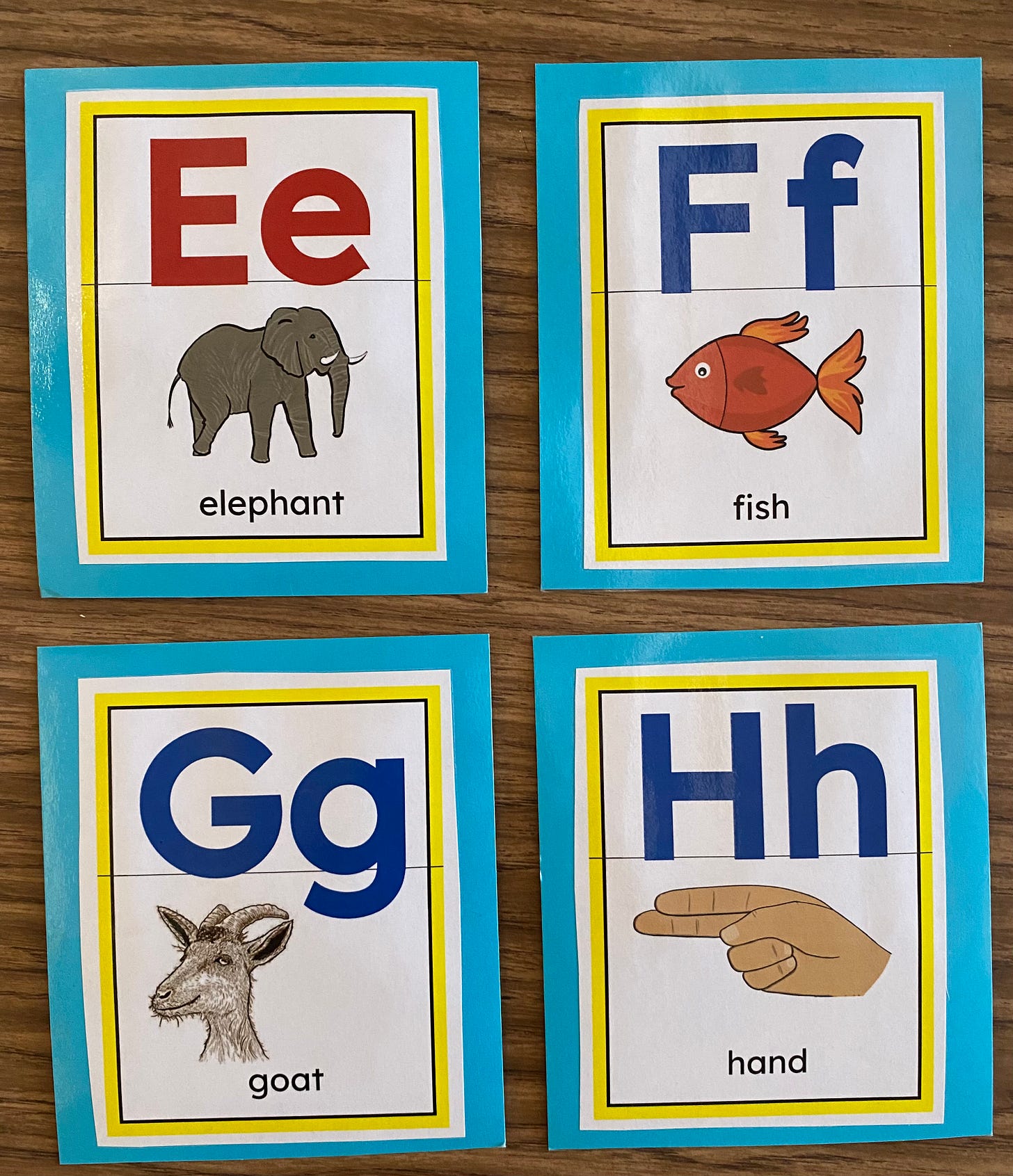






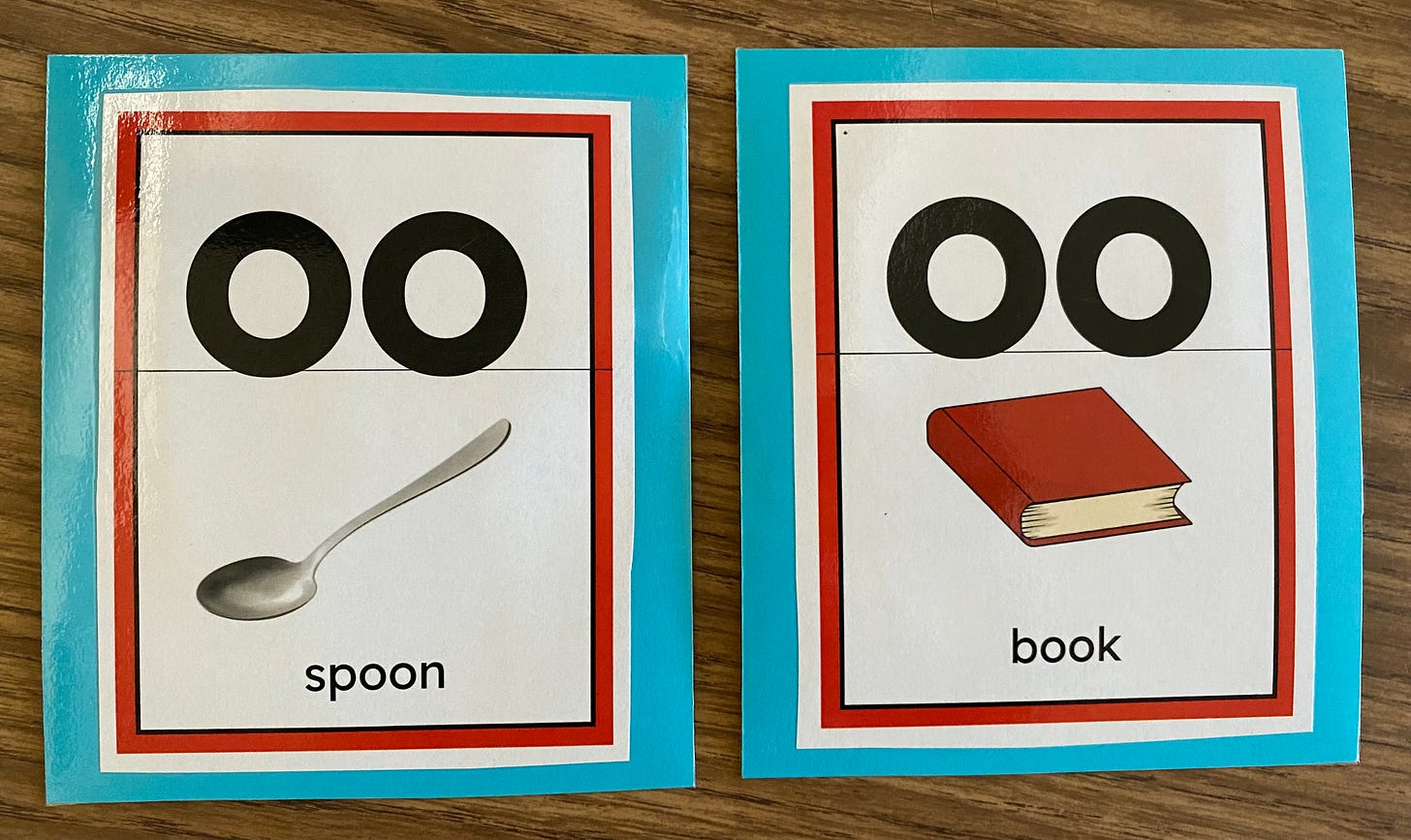

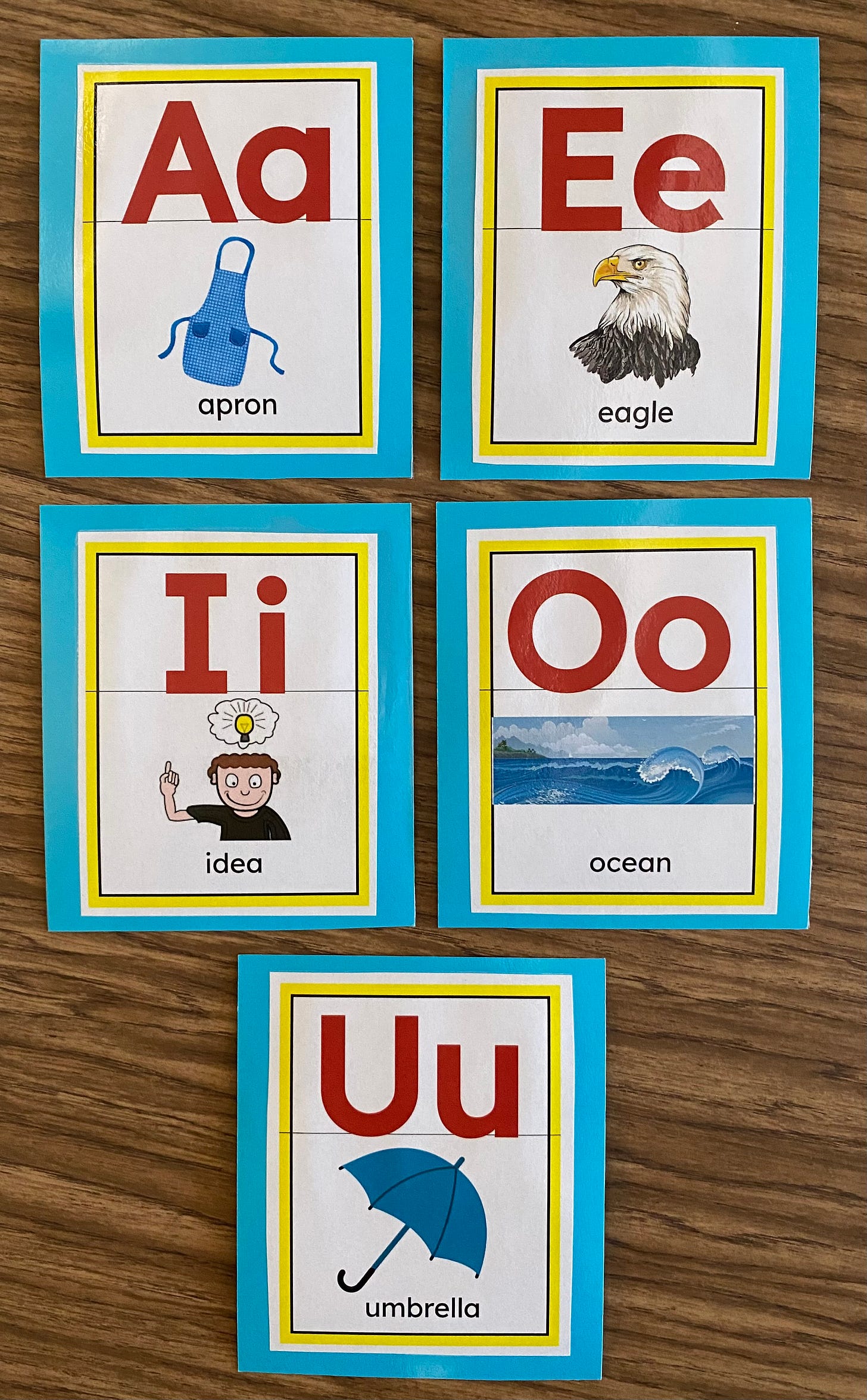
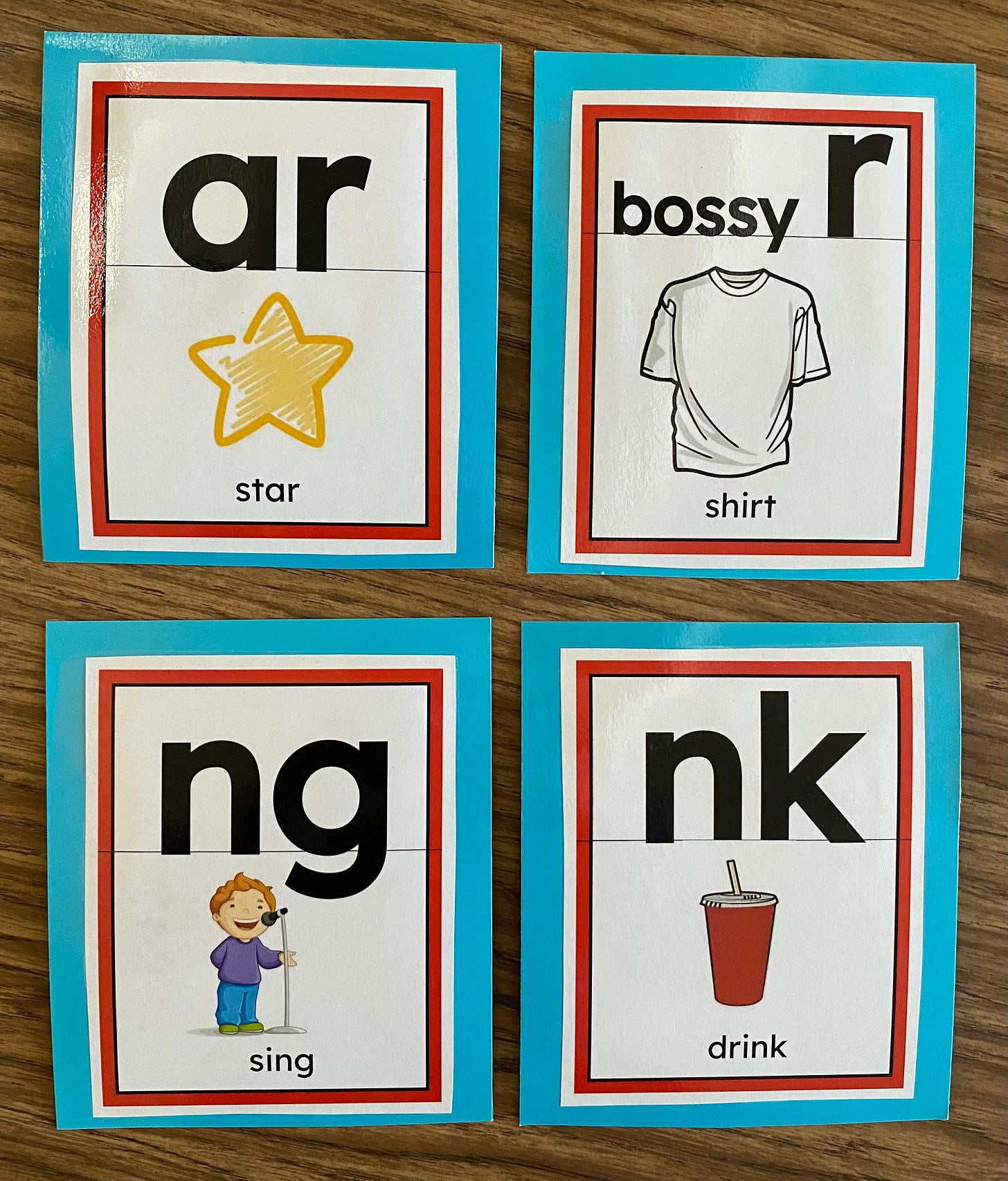
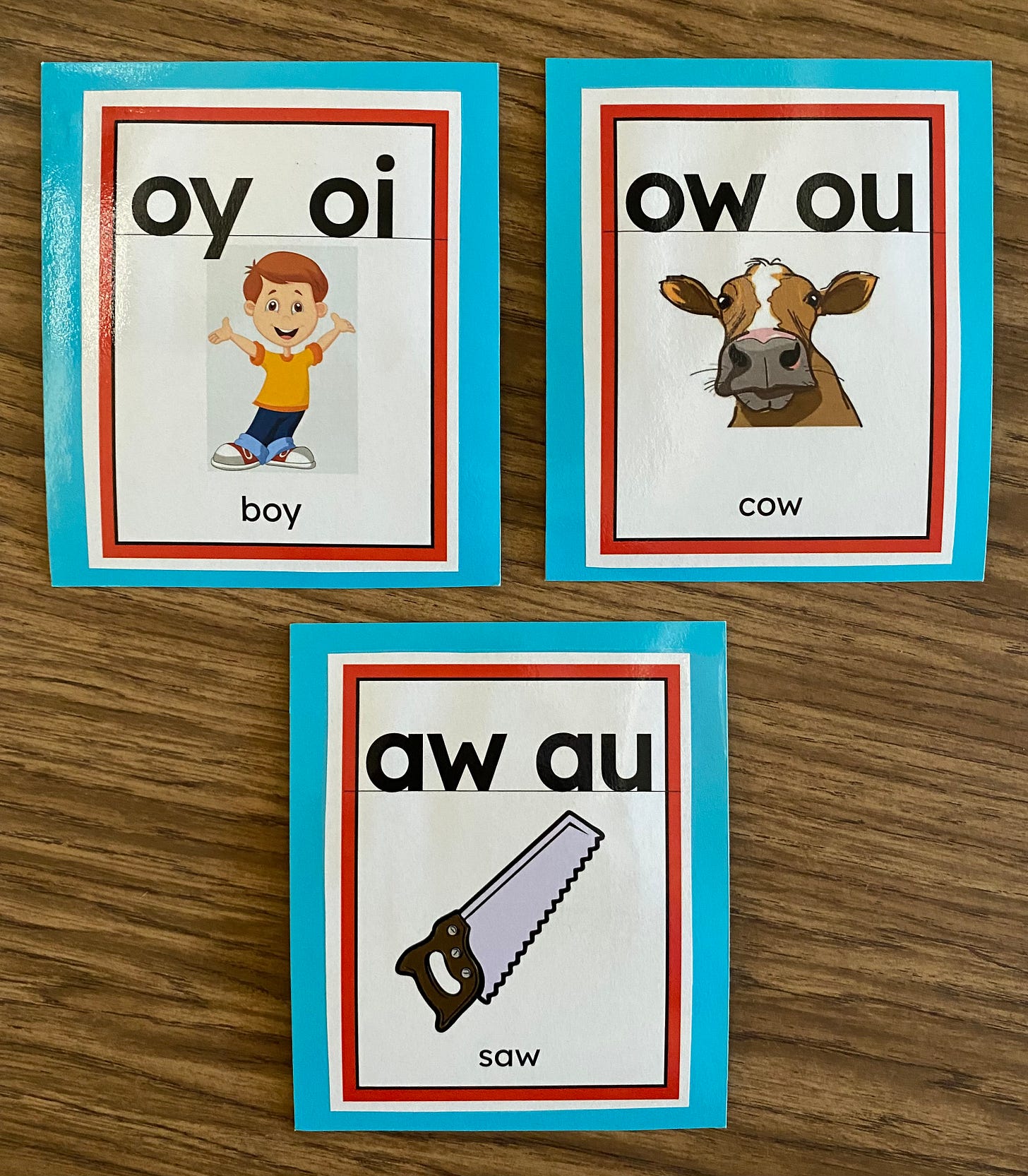
Thank you for this video because I was going to ask the same question. Can you share where you got the lists for the back of the cards or did you create them? :-) Hope you are feeling better!